Story and Photos by ITN European Reporter Herve’ Rebollo
Salut à toi American rider,
At this precise time you are enjoying the Sturgis bike week 2021 I’m riding deep in France, in Burgundy, on the famous great wines route … Yes, it’s a good summertime!
The Route des Grands Crus is the must-see wine route in Burgundy: 50 miles through 37 villages with world-famous appellations. Gevrey-Chambertin, Nuits-Saint-Georges or Pommard—there is no better way to discover Burgundy, its vineyards and its wines.
The reputation of the old duchy of Burgundy is closely linked to its wine. The Côte ‘grands crus’, served with excellent cuisine, make this region one of the major centers of French gastronomy.
First, to get the most from your two days in the old city of Dijon you need to be prepared, as there is so much to see and do!
The morning could be spent on a tour of the Palace of the Dukes and States of Burgundy.
Be sure to see the tombs of the Dukes of Burgundy, true masterpieces in the Fine Art museum (Guardrooms).
Afterwards, take a work round the shopping streets in the city center.
You may spot places to buy local specialties: spirits, wine, mustard or gingerbread…
If the afternoon is not spent shopping, you could tour the district around the Palais de Justice (law courts) and the Magnin museum.
Book a table for lunch or dinner and try out the local food and wine.
I took my family to one of the most famous restaurant in France: LOISEAU (it cost me an eye and a half of a nostril, but it was really worth it, believe me).
The following day, if time allows, you could see Saint-Bénigne cathedral and the charterhouse at Champmol.
Head south on the road N74 as far as Beaune, passing through the prestigious vineyards of the Côte de Nuits and Côte de Beaune.
You can stop and visit these villages, famous all over the world for the quality of their wines: Morey-Saint-Denis, Vougeot (be sure to visit the Clos-Vougeot) …
…, Chambolle-Musigny, Vosne-Romanée (and its priceless Romanée-Conti), and Nuits-Saint-Georges. Advice: contact wine-grower(s) in advance if you want to taste wines. But frankly, it’s very easy to find a place where you will taste local fabulous wines …
We spent 10 days in the old city of Beaune.
Where you can tour the famous Hospices (old hospital/poorhouse), Fallot mustard factory or Wine museum.
A hospital building of the Middle Ages, the Hospices de Beaune are part of French history. Classified as a historic monument since 1862, this exceptional monument is now a museum of history and of medicine. While you are visiting in Burgundy, the Hospices of Beaune should be key milestone of your trip.
This ancient institution was founded in 1443, under the aegis of the chancellor of the Duke of Burgundy: Nicolas Rolin and his wife Guignone de Salins. This ducal project was constructed as a hospital: the Hôtel Dieu. Nine years later, in 1452, the hospital welcomed its first patients: sick people, orphans, the elderly.
Its main room, called the “Pauper’s Room”, is where they were taken in. Today, during a visit to this room, you will find rows of beds against the walls.
The Hospices of Beaune are a true jewel of flamboyant Gothic architecture. Especially its courtyards, whose roofs are covered with tiles of red, brown, yellow and green, which create a stark contrast to the austerity of the facade of the buildings.
The exterior facade of the building in no way reflects the decoration and beauty of the interior. Today, the building no longer shelters patients nor, of necessity, the elderly, but remains an unforgettable visit to make if you visit this region. A true historic museum, it welcomes thousands of visitors each year.
Its traditional Burgundian architecture is famous throughout the world, as is its vineyards. In 1457, a first gift of vines was made to the Hospices de Beaune. Since then, the hospices have received numerous other gifts.
Today, the vineyard is made up of 60 hectares, of which 90% is dedicated to the production of Pinot Noir, while the rest produces Chardonnay. Eighty-five percent of the production of this vineyard is premier crus and grand crus. Each year, an auction is organized in the same buildings as the hospices. The funds received finance the operation of the hospices, the preservation of the building of the Hôtel Dieu, improvements to the hospital buildings of Beaune, as well as financing medical research and charity work. The values of the founder of these hospices are part of this process: to come to the aid of the most destitute. The prices of the wines presented during the sale, among the premier crus and the grand crus can become staggering.
Another great historical specialty of Burgundy is mustard (the most famous – world wide – is mustard of Dijon). Up to the Second World War, in Burgundy, mustard was cultivated in woodland, in the charcoal burner clearings where the charcoal kilns, a large number of which existed in Burgundy at that time, were located. The discarded “ashes” from charcoal burning were rich in potash and encouraged the growth of mustard, the seed for which was sown by the charcoal makers. When the plant reached maturity and the seed was gathered, the collectors bought the seed from the charcoal makers and then sold it to the Dijon region’s mustard makers. Due to the large number of charcoal producers and a smaller population level, this form of mustard seed cultivation was largely sufficient to supply the Burgundy mustard producers. However, due to the falling off in the demand for charcoal for industrial use, and the subsequent reduction in the number of charcoal burners, the drop in mustard cultivation forced the mustard manufacturers to look to other regions (mainly Marne, Somme, Seine-et-Oise, Loiret and Indre), for their supplies. Here also, cultivation also grew less and less profitable until it was finally abandoned, leaving the mustard makers no choice but to go outside of France, especially to Canada and the United States, where mustard is a more profitable crop for Canadian and American farmers.
The Burgundy Mustard Association, founded by the regional growers and manufacturers, in which the FALLOT COMPANY (based in Beaune city) plays an active role, has, over the last few years launched a program aimed at giving a new impetus to mustard cultivation in Burgundy.
While several attempts to reintroduce mustard cultivation to France have failed in the past, the new initiative aimed to increase its chances of success by also filing a PGI (Protected Geographical Indication) application, which was approved in late 2009. In fact, the members of the association have decided to offer a product that is distinct from Dijon Mustard, which has become a generic name which is produced just as well in a number of other countries such as Holland, the United States or Japan, as it is in France. Manufactured from seed grown in Burgundy and combined with AOC Burgundy wine, “Burgundy Mustard” is a product deeply rooted in Burgundian soil.
To give the consumer a guarantee of the origins of the product they purchase, as well as to enhance the work carried out by an entire commodity sector, the association has decided to place its product within the framework of a certificate of conformity as set out in the Law of the 30th January 1994 relating to the recognition of food products through Protected Origin identification. In Beaune, you can visit the Fallot mustard museum. To make the public aware of its traditions and expertise the company opened a museum and Sensations Fortes sensory experience. In 2012, this was followed by the opening of a second museum totally devoted to mustard in Beaune. Through astonishing displays and extremely sophisticated visual, sound and sensory effects visitors go right to the heart of mustard production and discover ancestral manufacturing methods via some of the finest modern technology.
Not very far from Beaune you can ride on the legendary old Route National 6. In the fifties, this legendary road was used by cars heading south, to the French Riviera and, especially, off on their holidays. Abandoned after the opening of the motorway, it now holds a nostalgic interest in the eyes of visitors seduced by the quality of Burgundy’s landscape. This great French national road “from Paris to Milan via Turin” linked Paris to Italy via Lyon and Savoy, and crossed Burgundy. Having now become the D906, it invites you to take your time, to stop off in Pays Beaunois half way between Paris and Lyon, and plan a “retro” stop at the Bel-Air petrol station at the top end of the town of La Rochepot. This area was an absolute must on a driving holiday. The Bel-Air service station is fully renovated: retro signage, repurchase of old garages with architecture typical of the 50s, advertising of the major brands of the time painted on the walls and creation of a clubhouse. Old car collectors and their clubs descend on the place once a month on weekends to chat and share experiences.
Another nice little story about the site of the “Bel-Air”: in 1887, Louis Chevrolet, a young Swiss-born resident of Beaune, then a mechanic in a bike shop, had come to the assistance of an American millionaire. Back in the United States and after a career as a racing driver, he created the Chevrolet car brand. We like to tell how it’s because Louis Chevrolet frequented the Bel-Air site in his youth that this would be the name used for the famous Chevrolet “Bel Air” car produced until 1975 in the United States by General Motors.
You have to know that one best tourist attraction is to fly over the region in a hot air balloon … many local companies offer this service (it’s very common here seeing dozen of balloons in the sky).
It’s simply magical …
And you understand that the wine industry is here clearly powerful.
Finally I could told you so much more about this fabulous time in Burgundy where the quality of life is one of the highest in France / Europe …
But the best I think is that you come here to check it by yourself. Waiting for you my friend!!!!
Hervé, your French biker friend





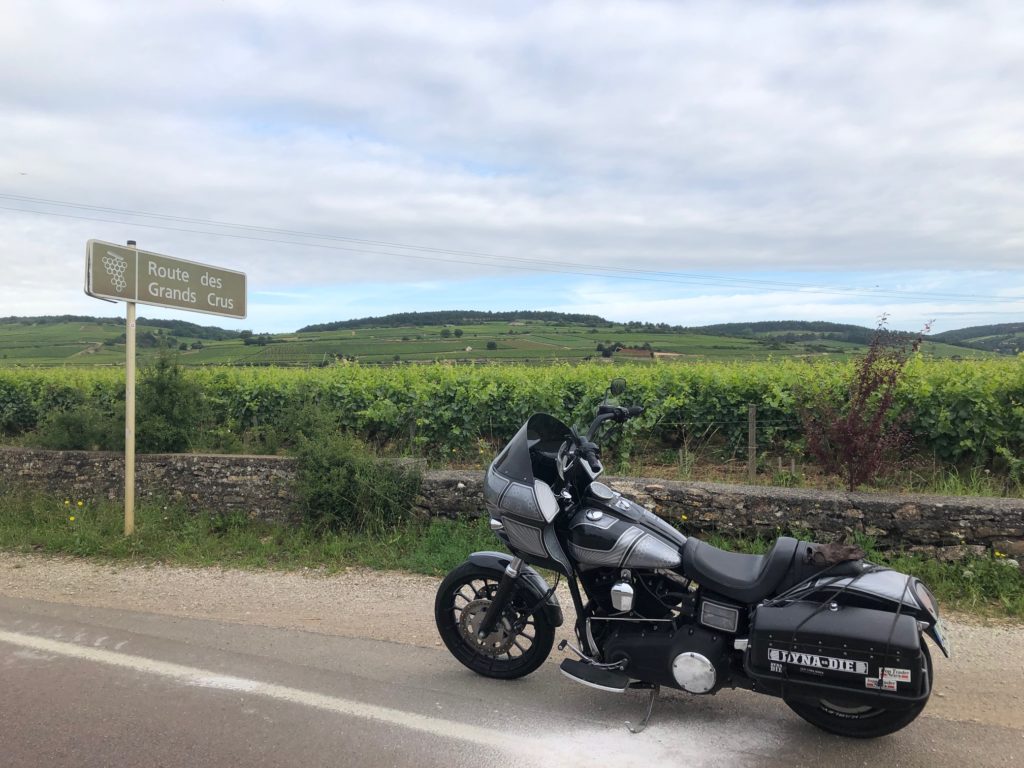


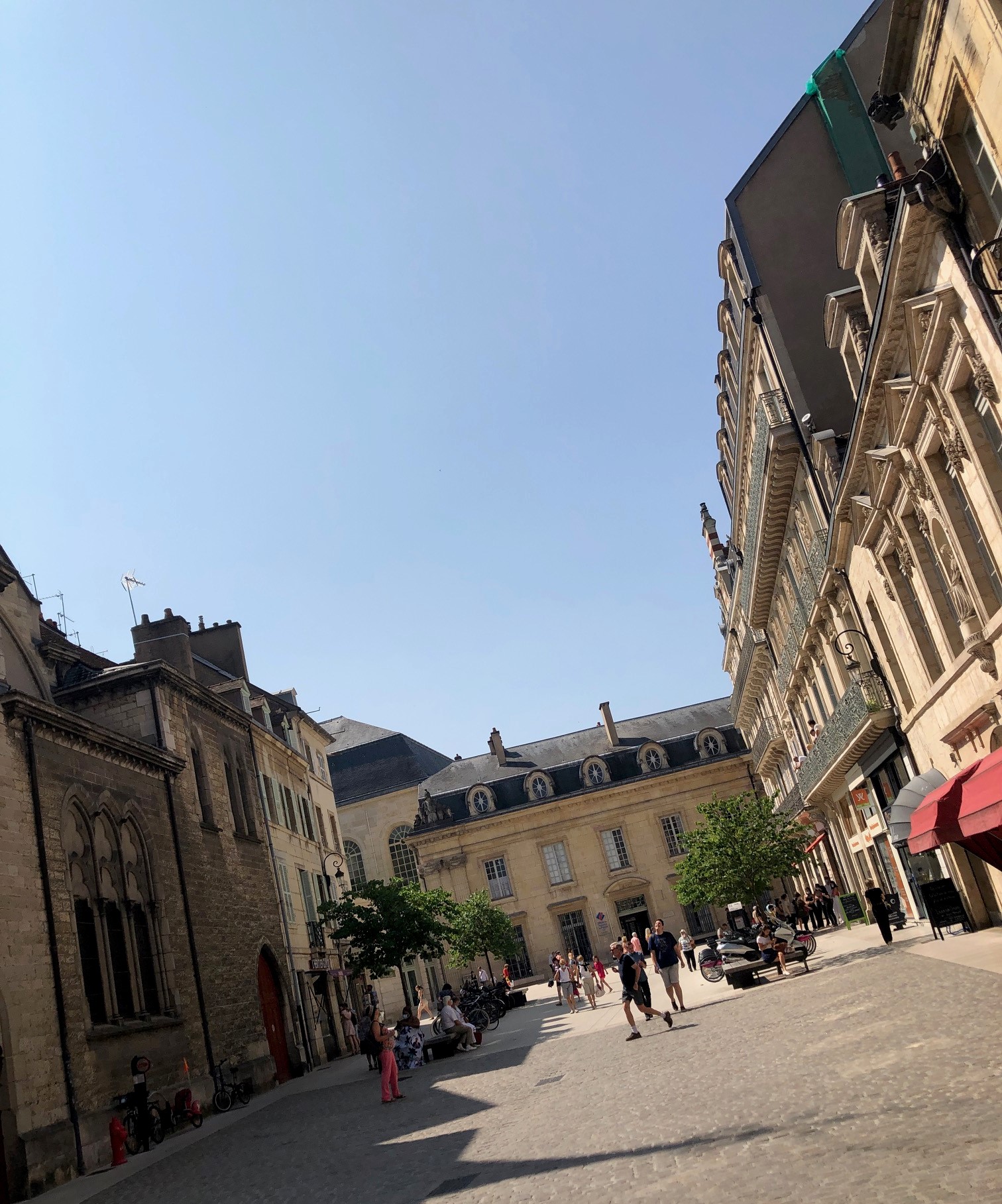
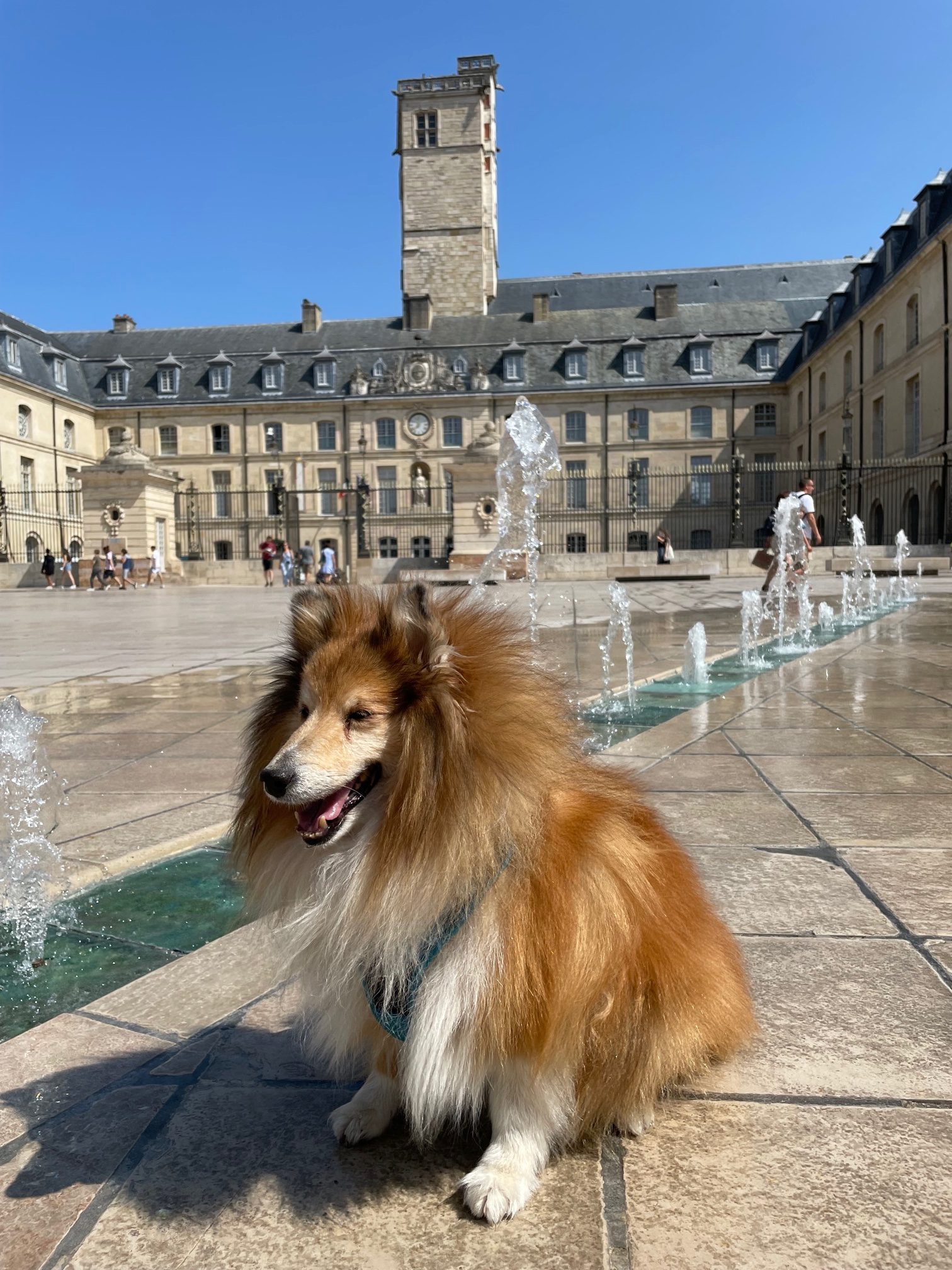

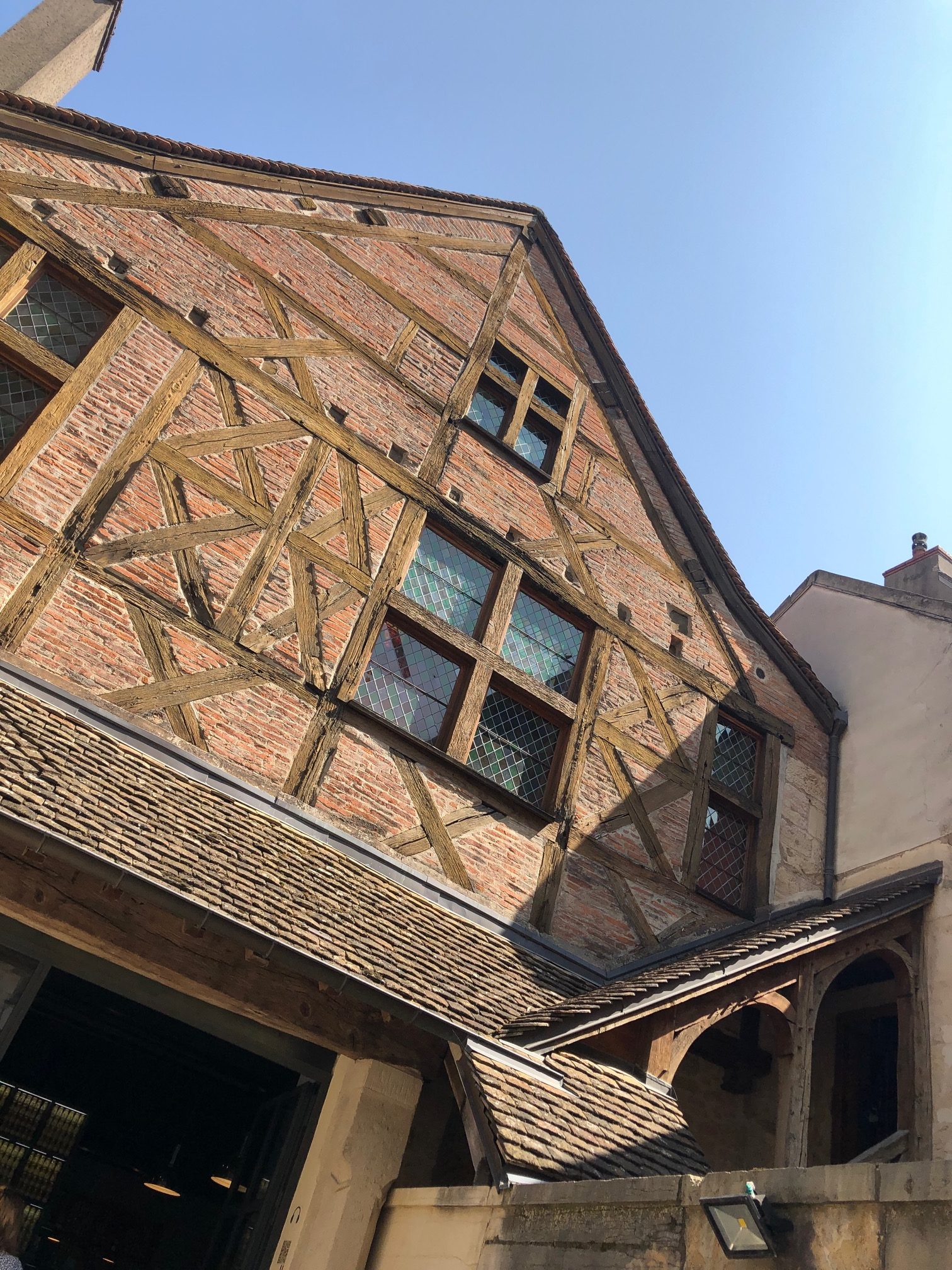

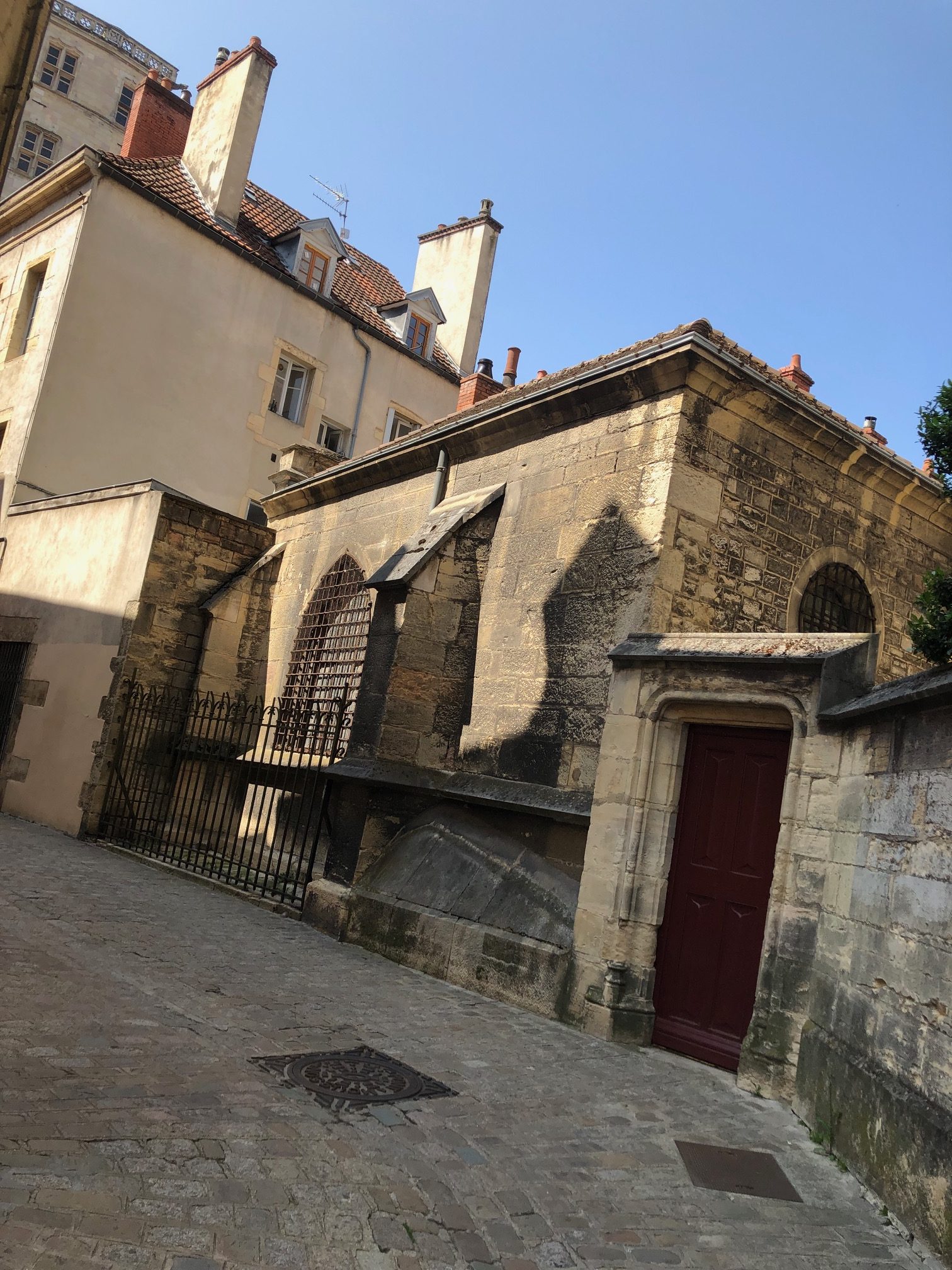
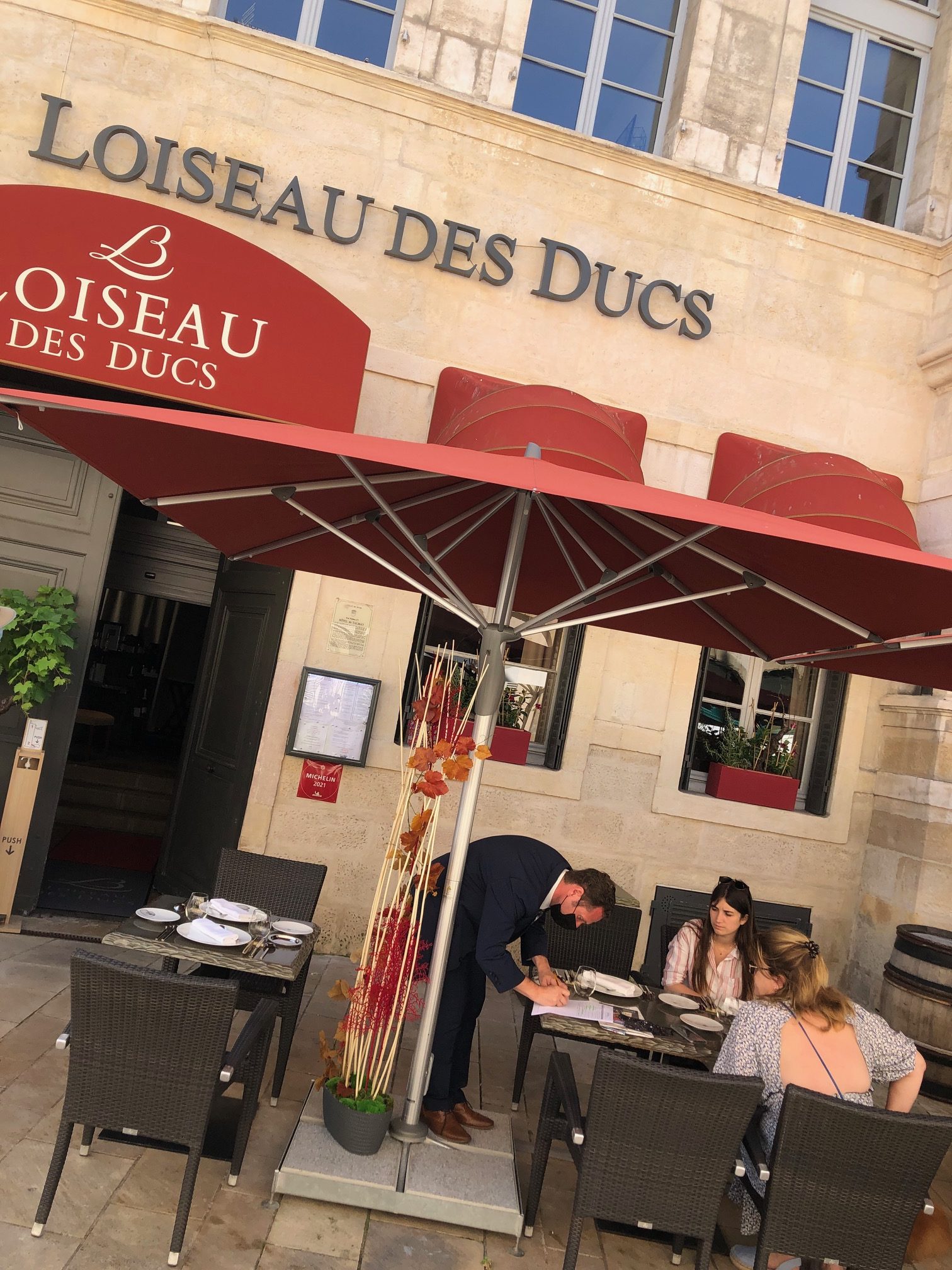


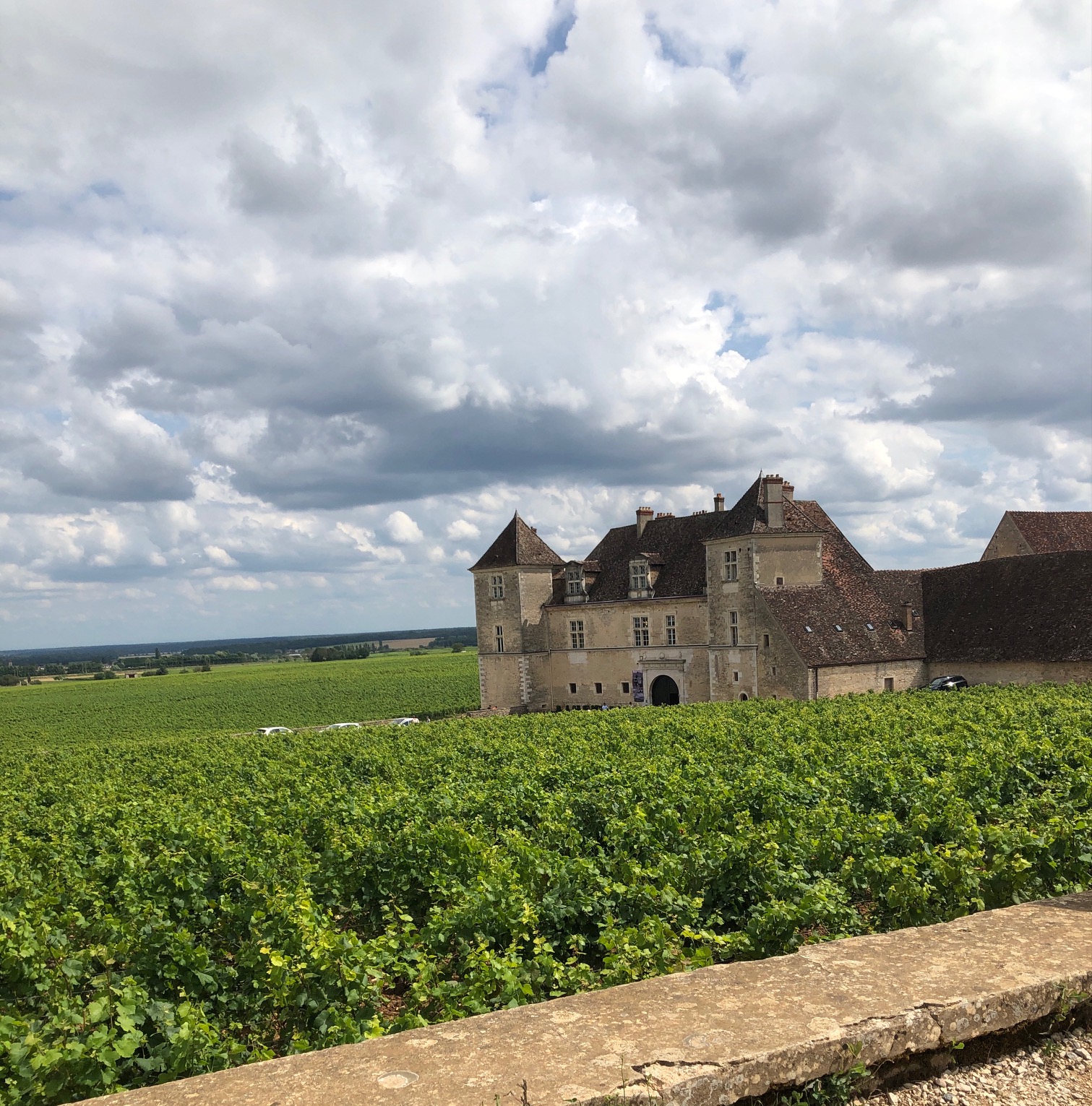
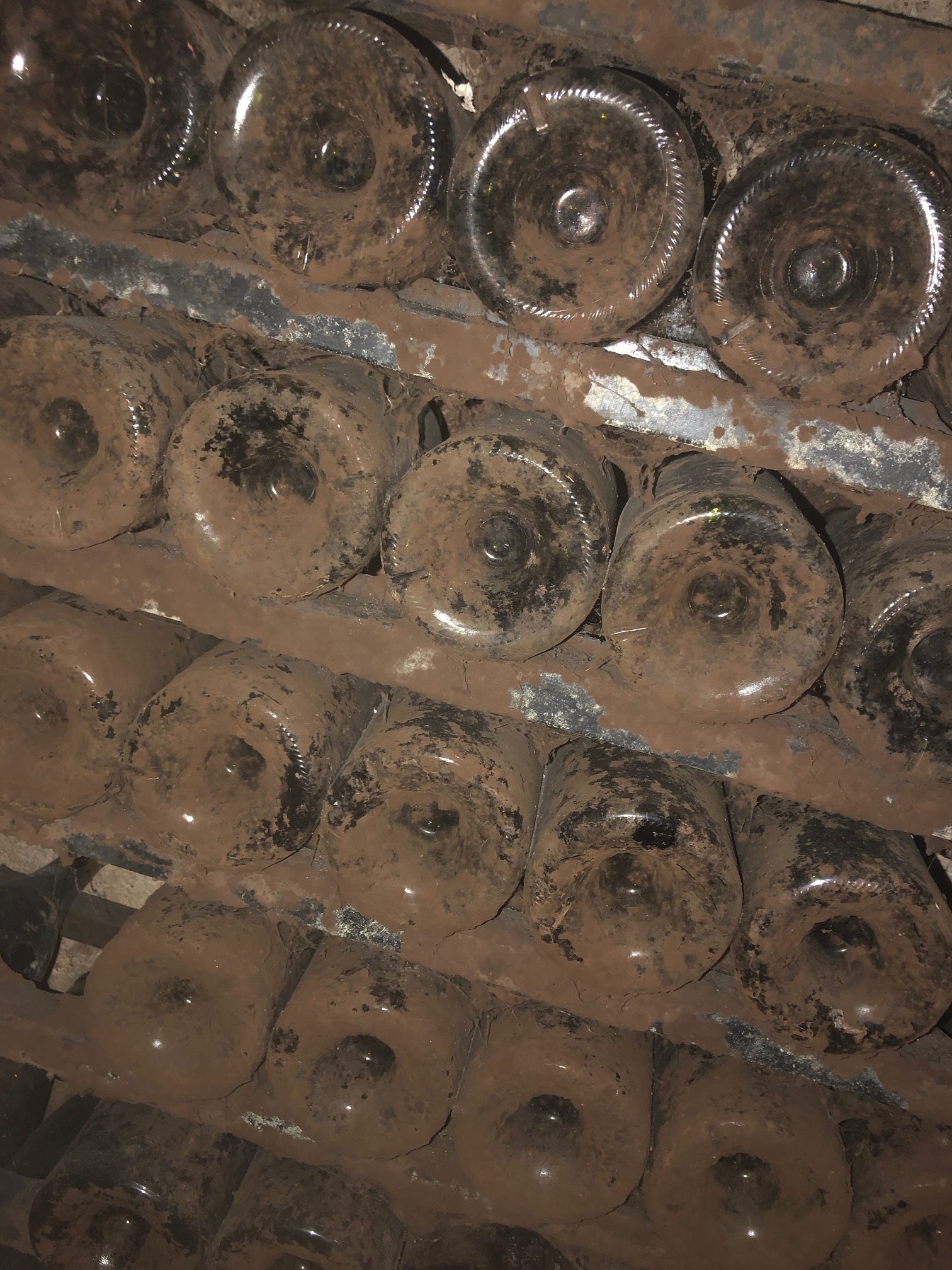
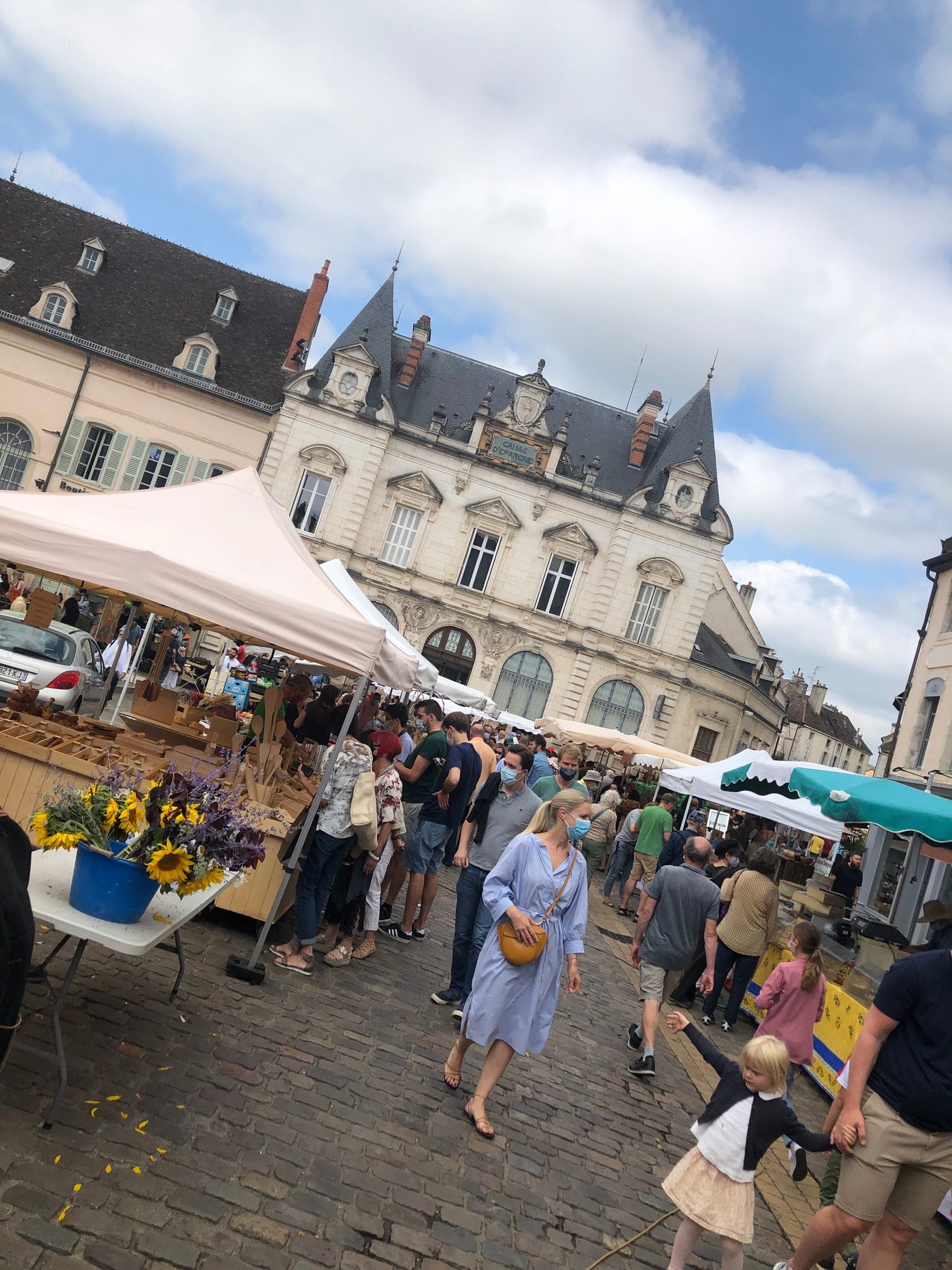
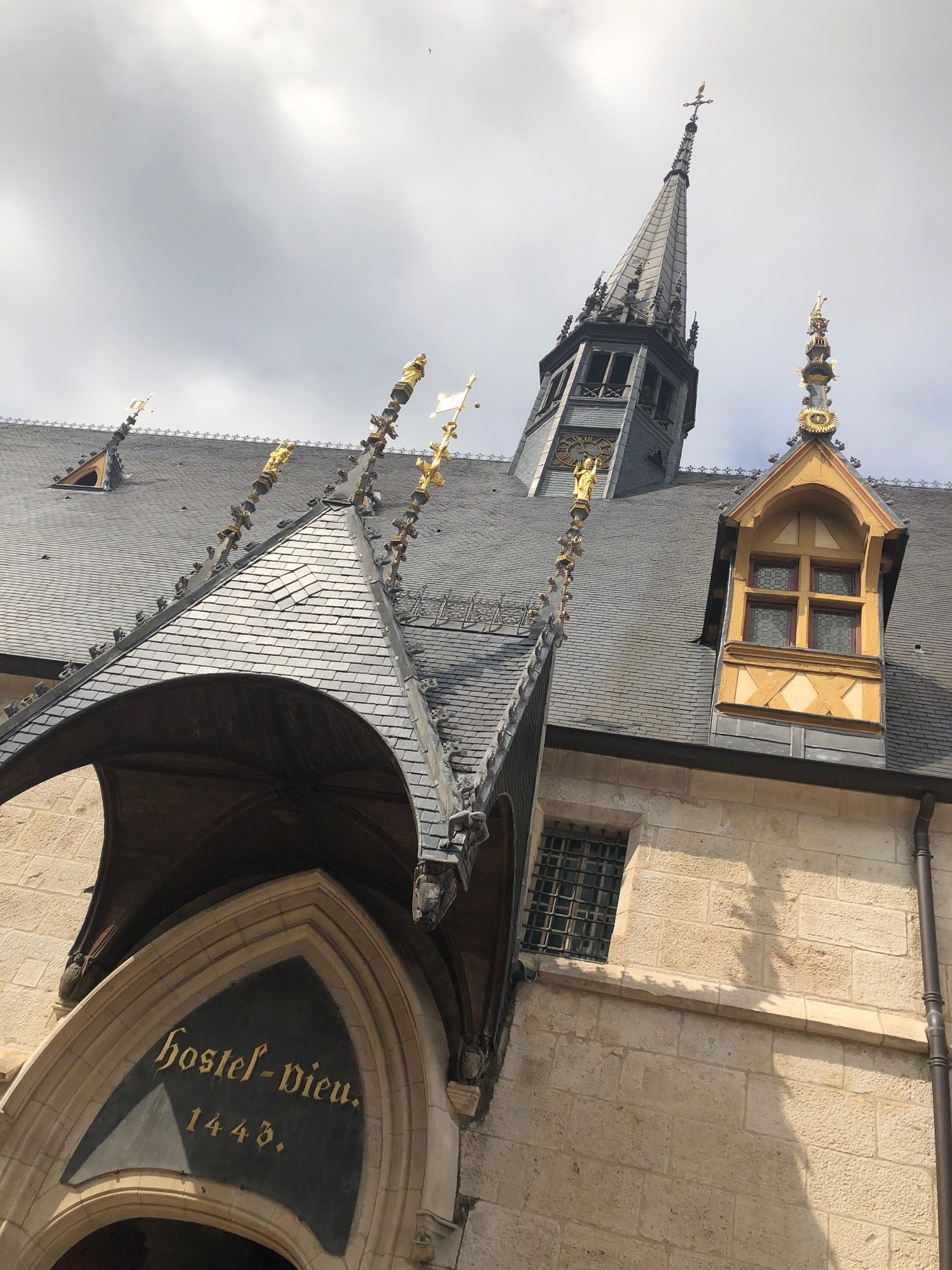

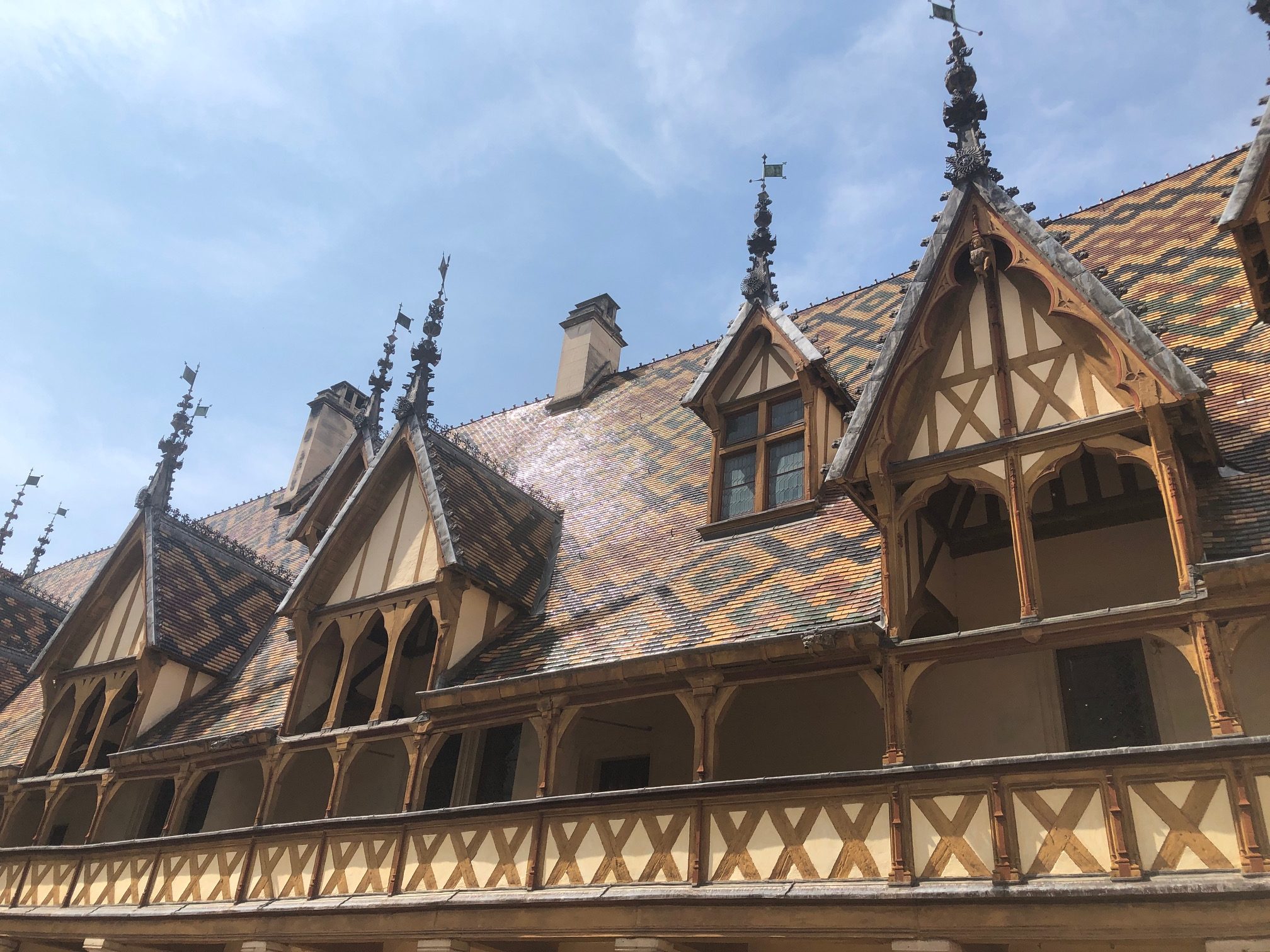
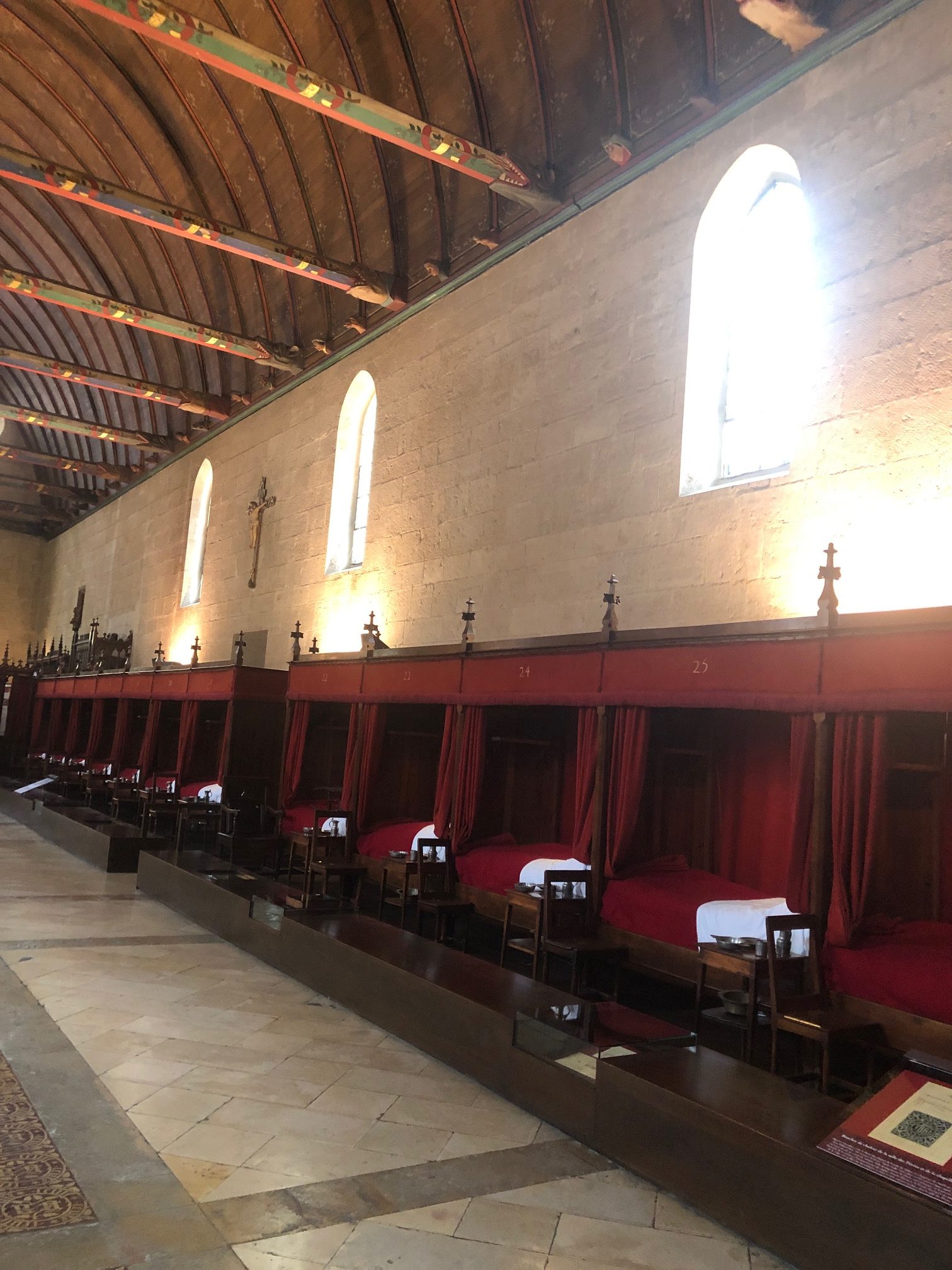
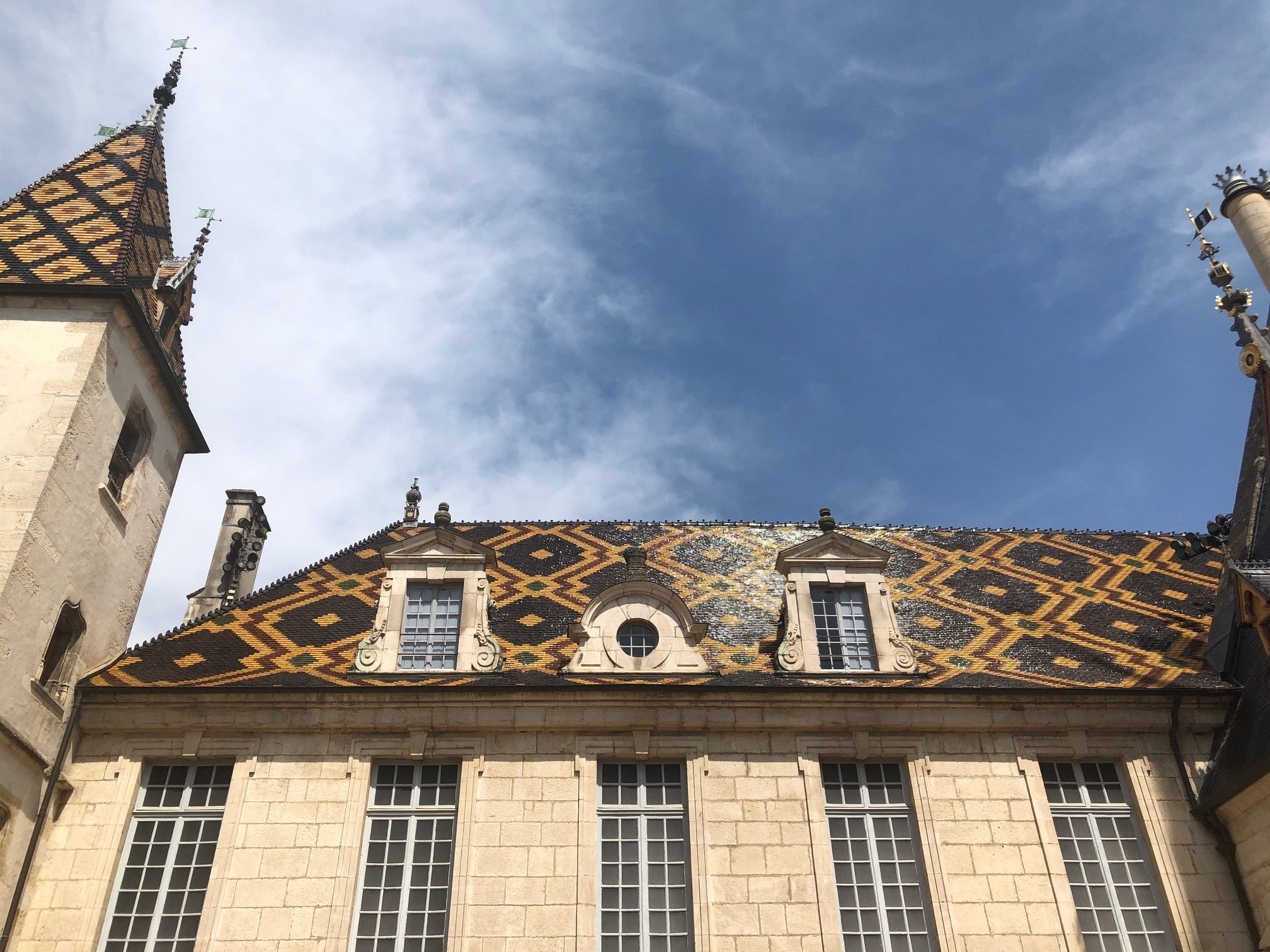
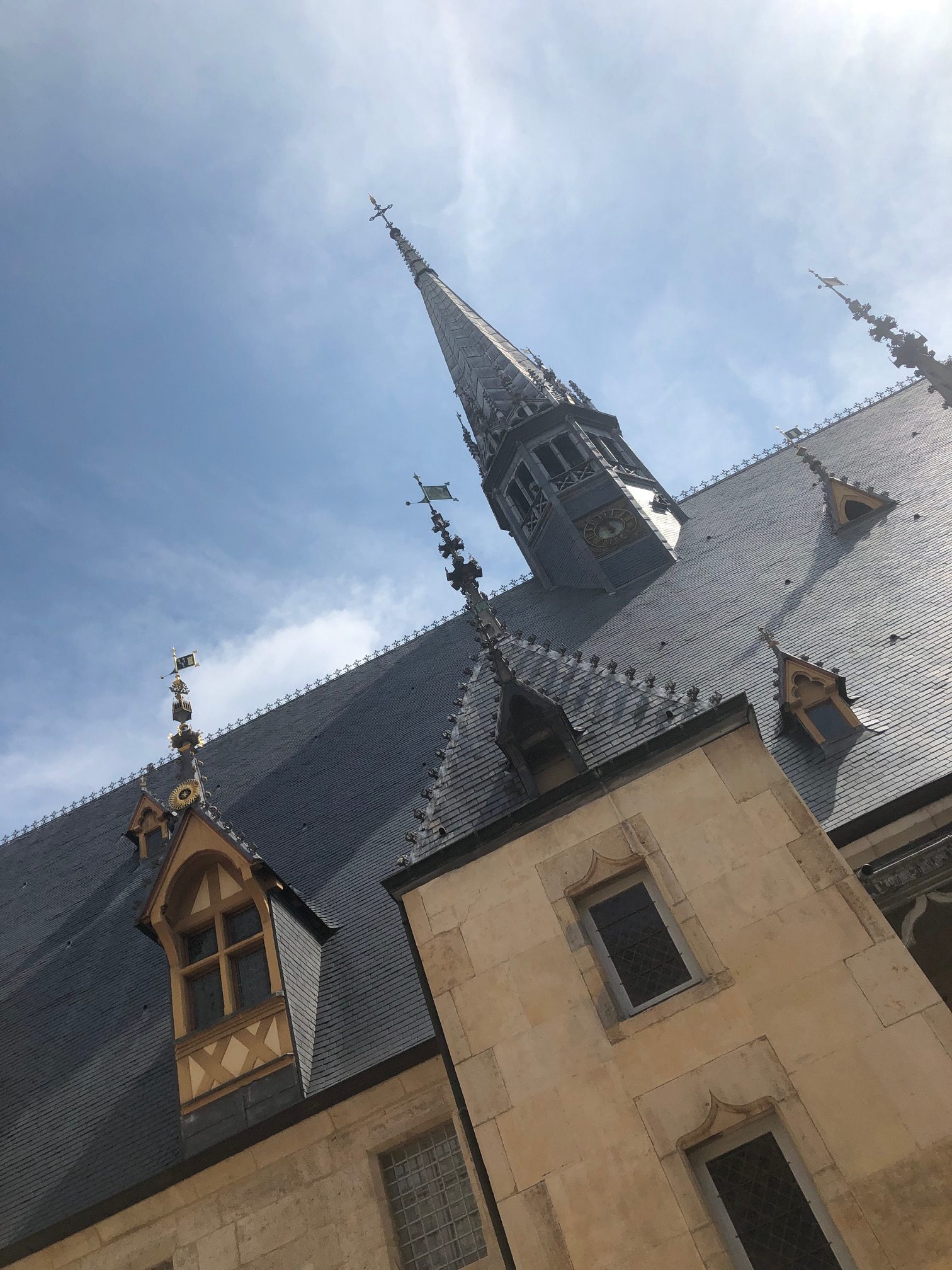

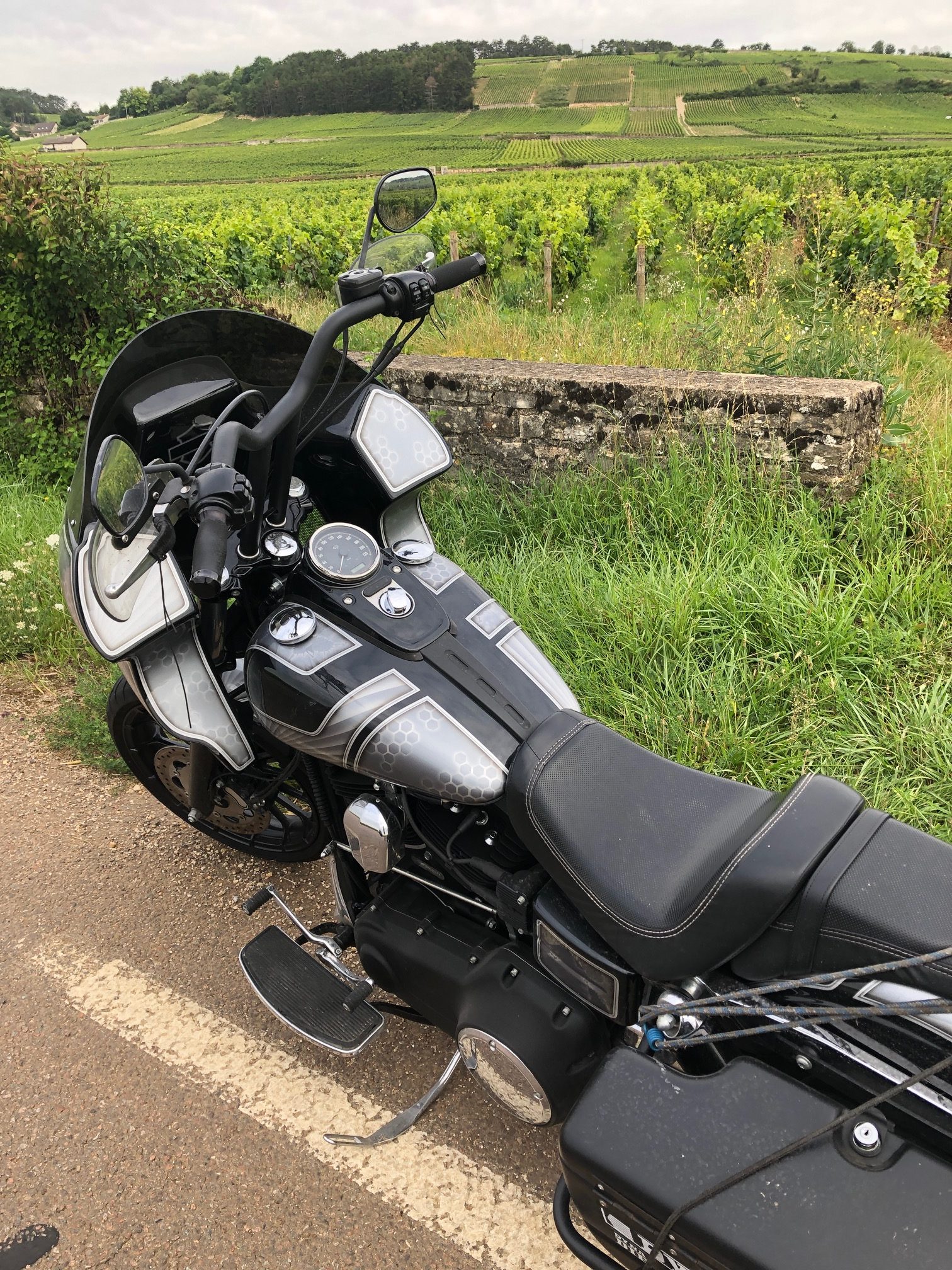

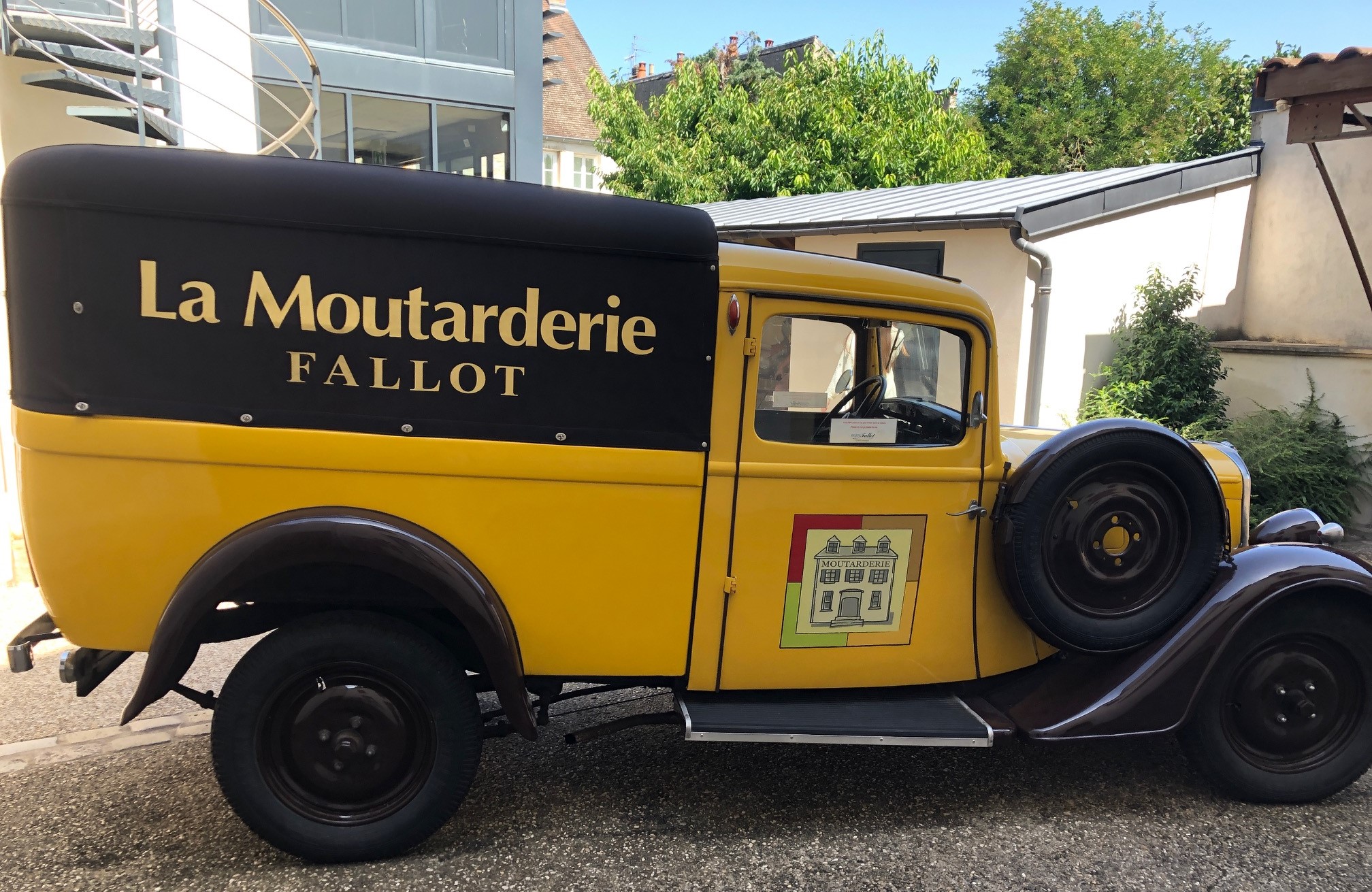
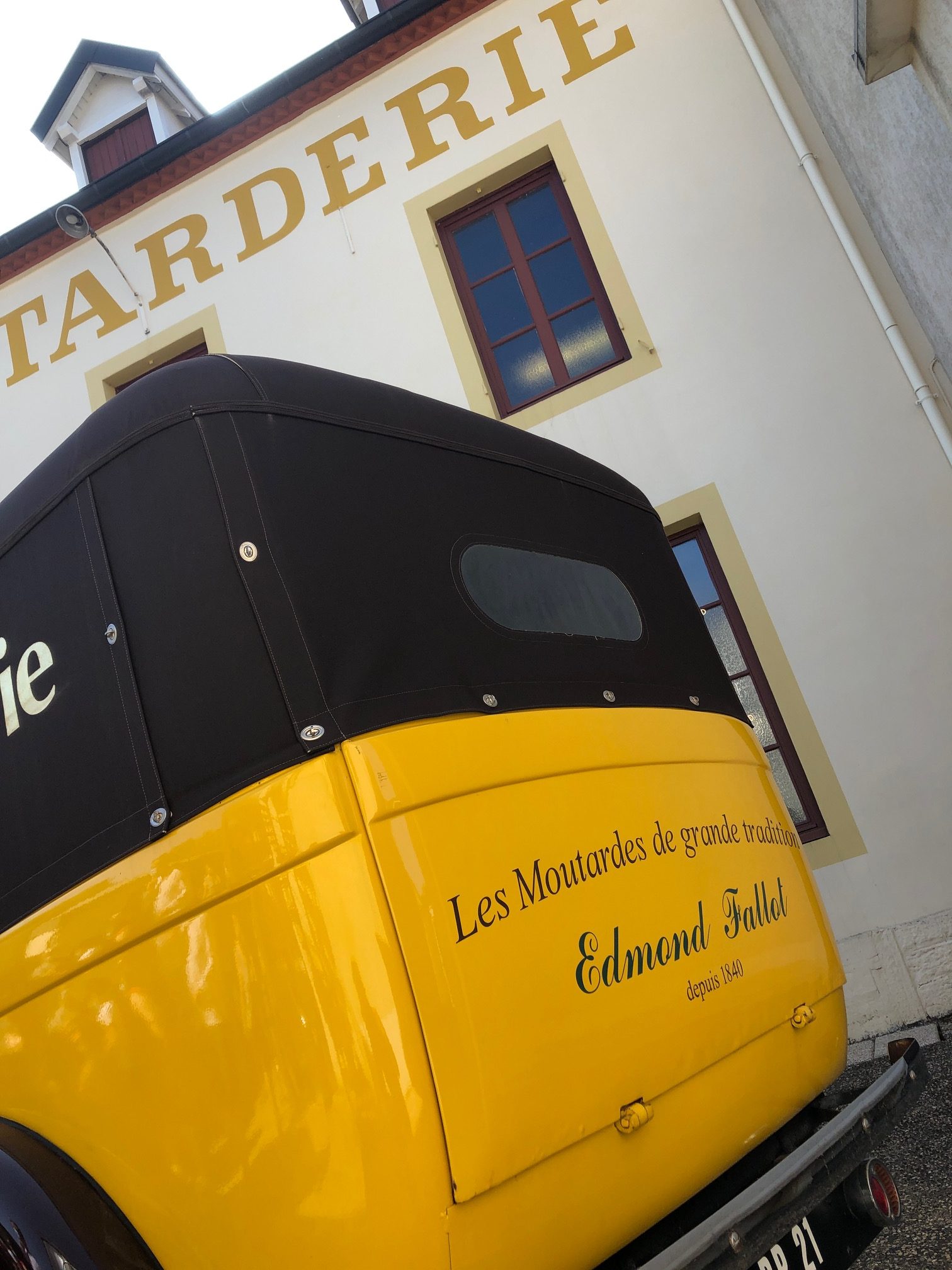
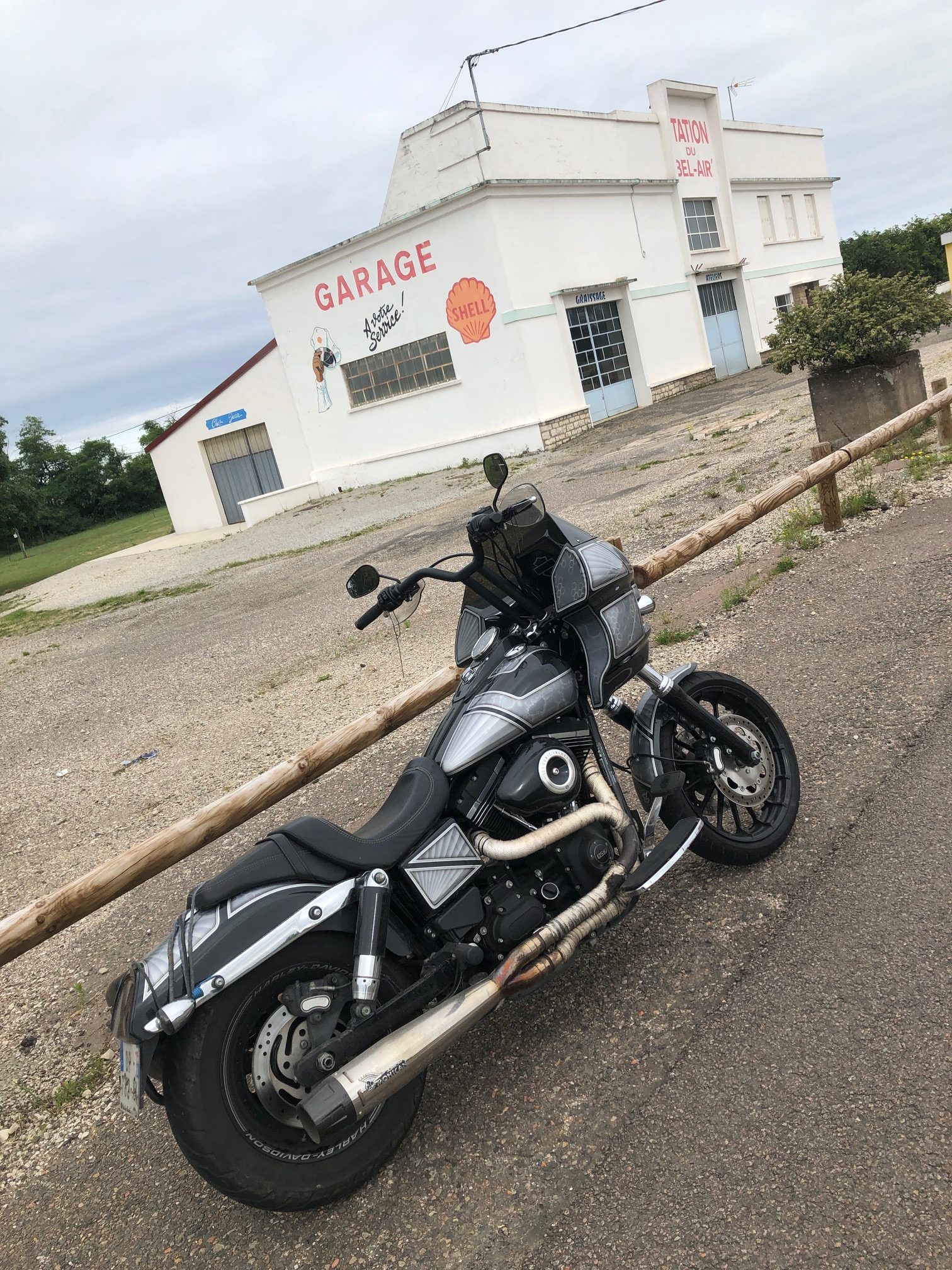
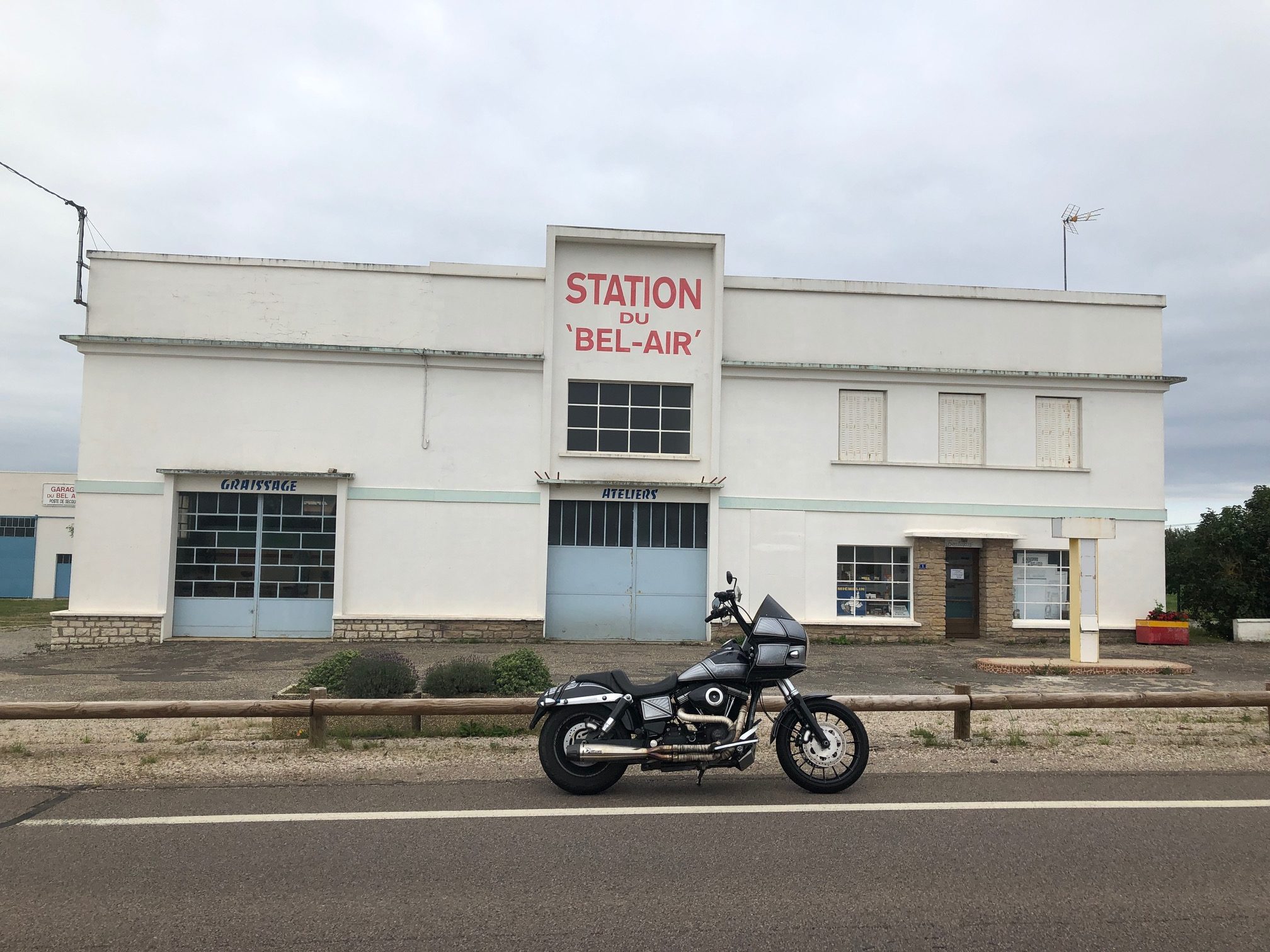

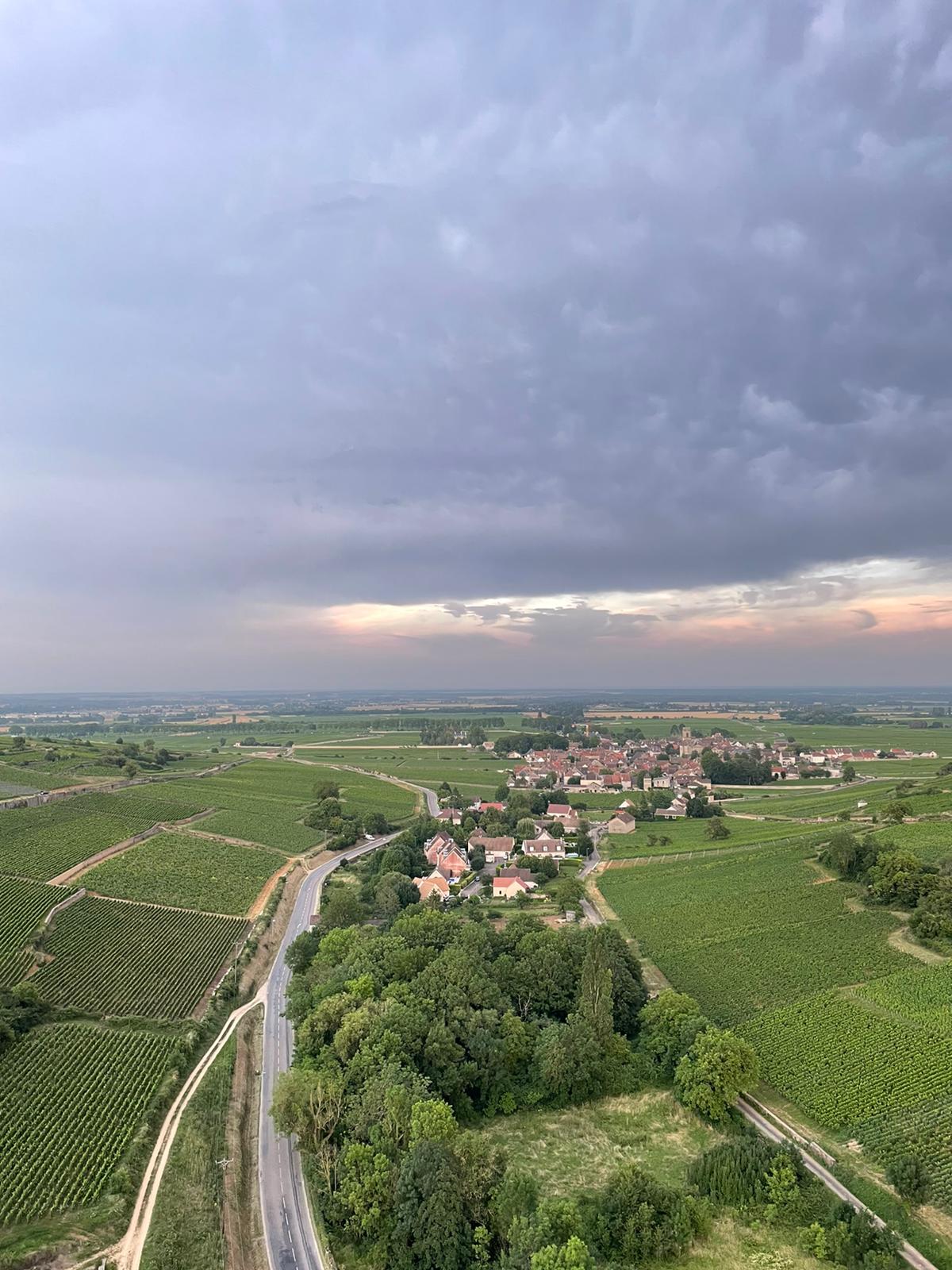
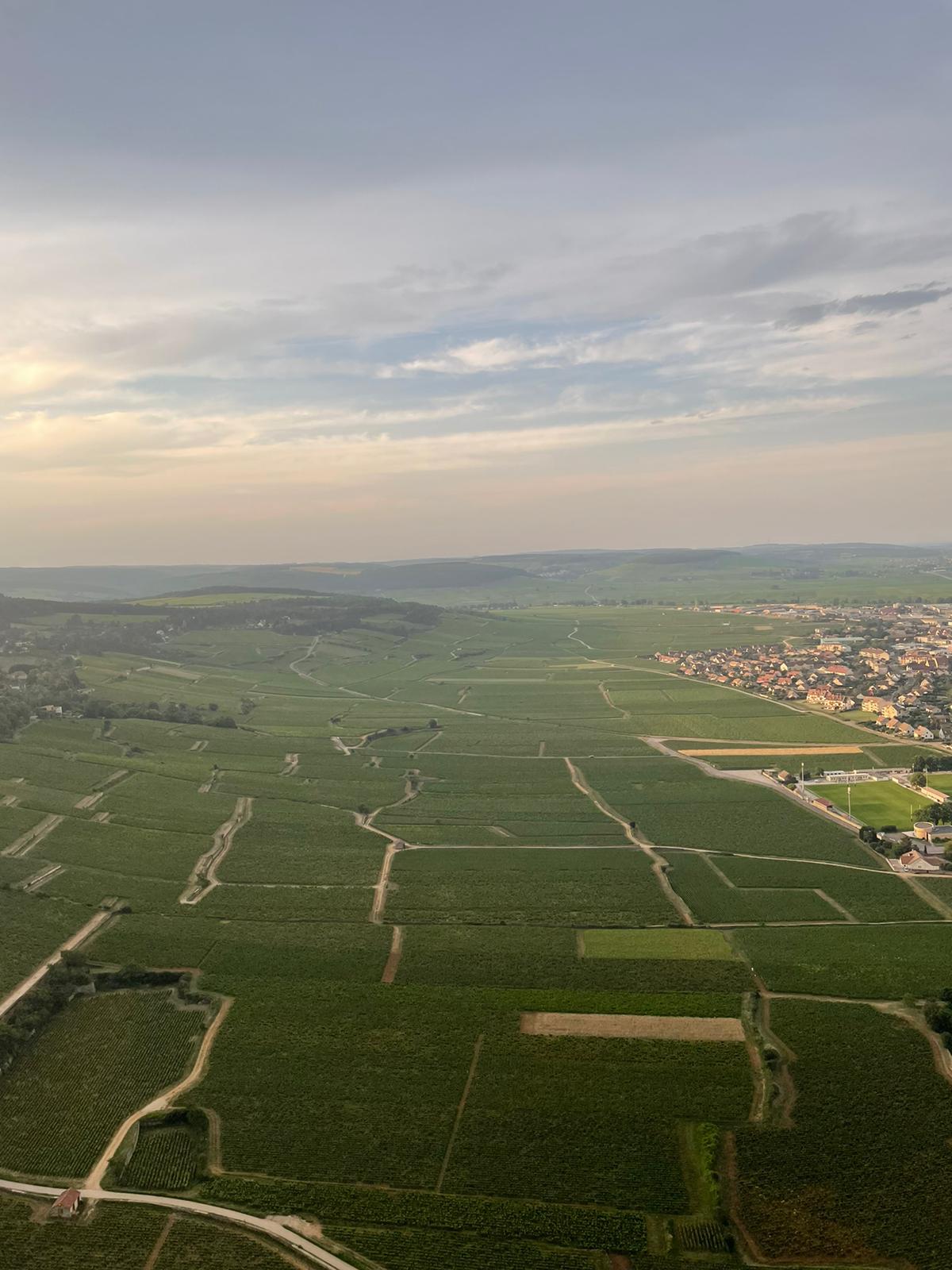
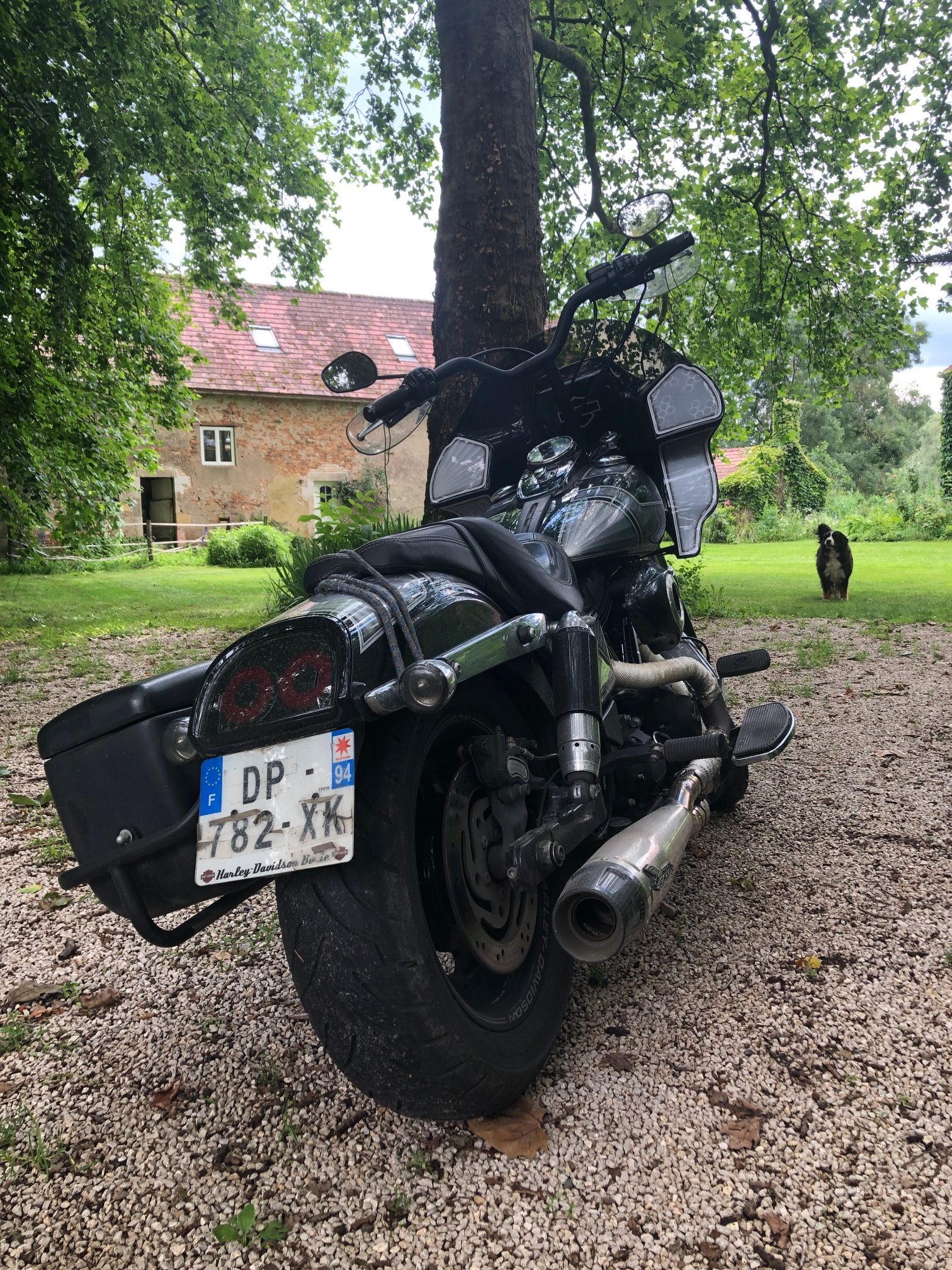
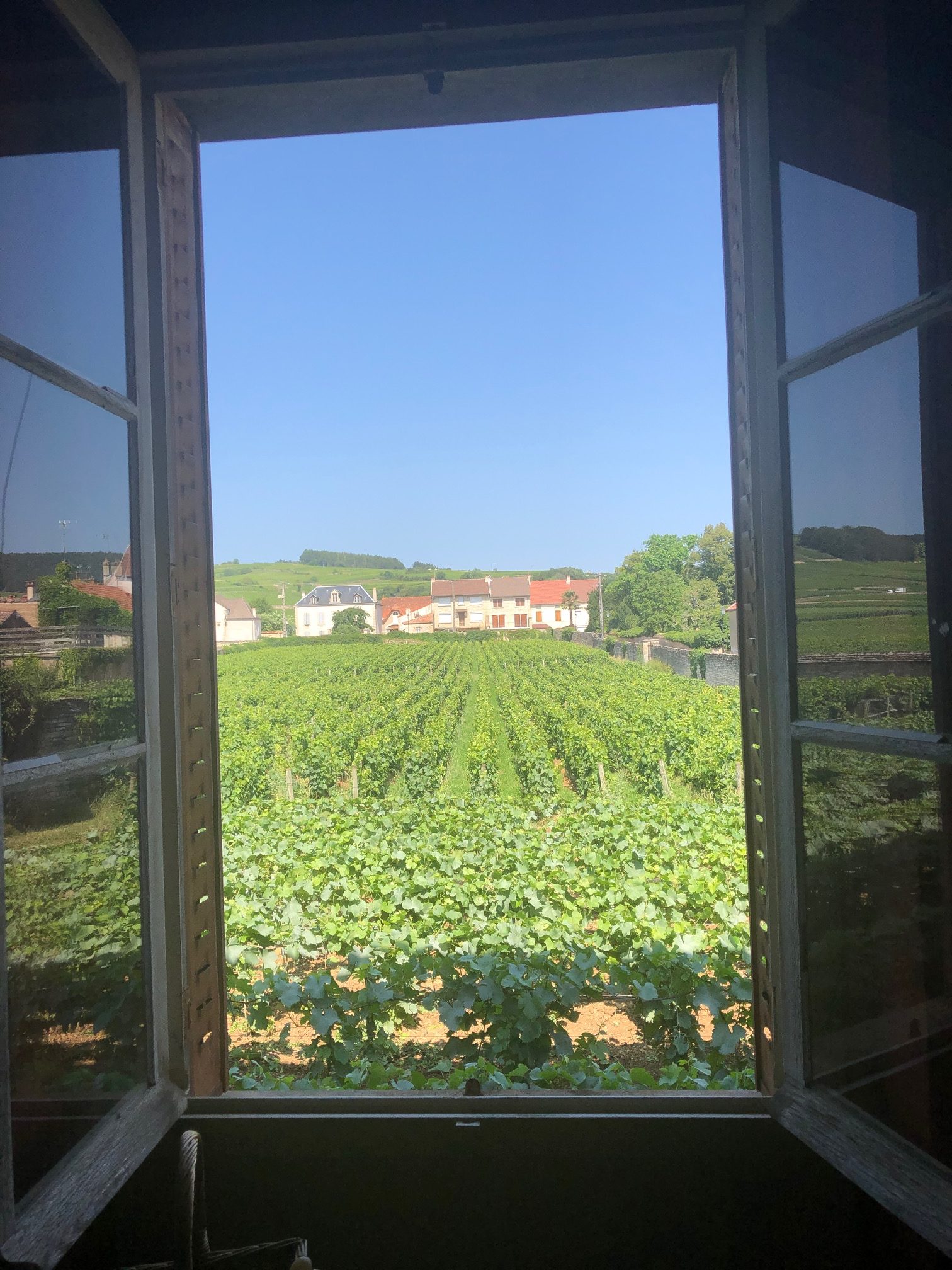

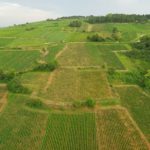
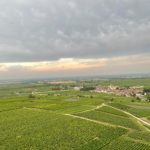
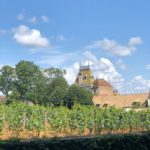
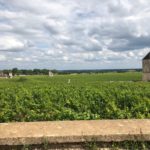
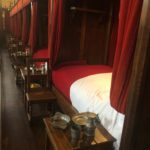
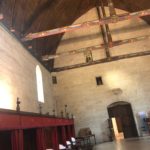


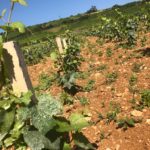
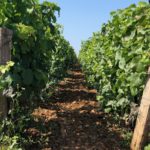


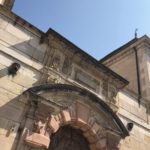
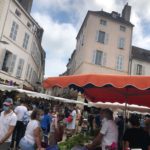

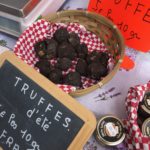
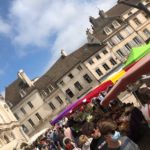
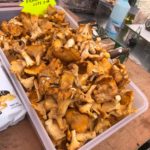
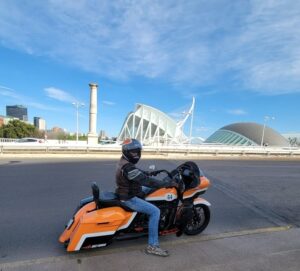



More Stories
RIDE TO THE VALENCIA MARKET
RIDE TO THE KÖNIGSTIGER
RIDE TO THE LION’S MOUND